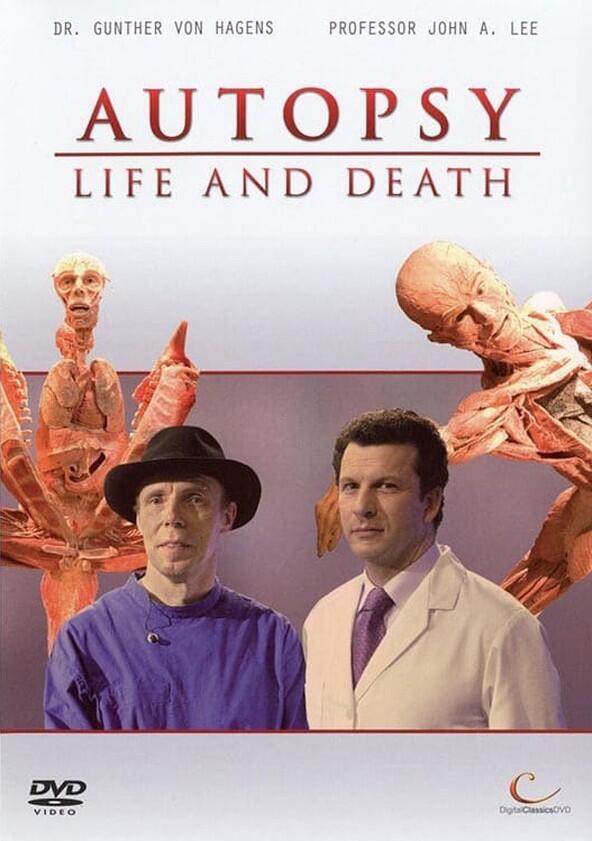Autopsy: Life and Death - Season 1

Season 1

Episodes

Circulation (Lesson #1: Blood)

Cancer (Lesson #2: Tumours)

Poisoning (Lesson #3: Poison)

Ageing (Lesson #4: Time)
Recently Updated Shows

The Testaments
Drama based on Margaret Atwood's The Handmaid's Tale sequel which picks up more than fifteen years after Offred's final scene, and is narrated by three female characters.

Industry
Industry follows a group of young graduates competing for a limited set of permanent positions at a top investment bank in London—but the boundaries between colleague, friend, lover, and enemy soon blur as they immerse themselves in a company culture defined as much by sex, drugs, and ego as it is by deals and dividends. As members of the group rise and fall, they must decide whether life is about more than the bottom line.

Snapped
Who are these women and what drives them to kill? Oxygen's hit true crime series, Snapped, profiles fascinating cases of women accused of murder. Did they really do it? And if they did, why? Whether the motivation is revenge against a cheating husband, the promise of a hefty insurance payoff, or putting an end to years of abuse, the reasons are as varied as the women themselves. From socialites to secretaries, female killers share one thing in common: at some point, they all snapped. Each episode of Snapped chronicles the life of a woman who has been charged with murder. These shocking but true stories turn common assumptions about crime and criminals upside down, and prove that even the most unlikely suspects can be capable of murder.

